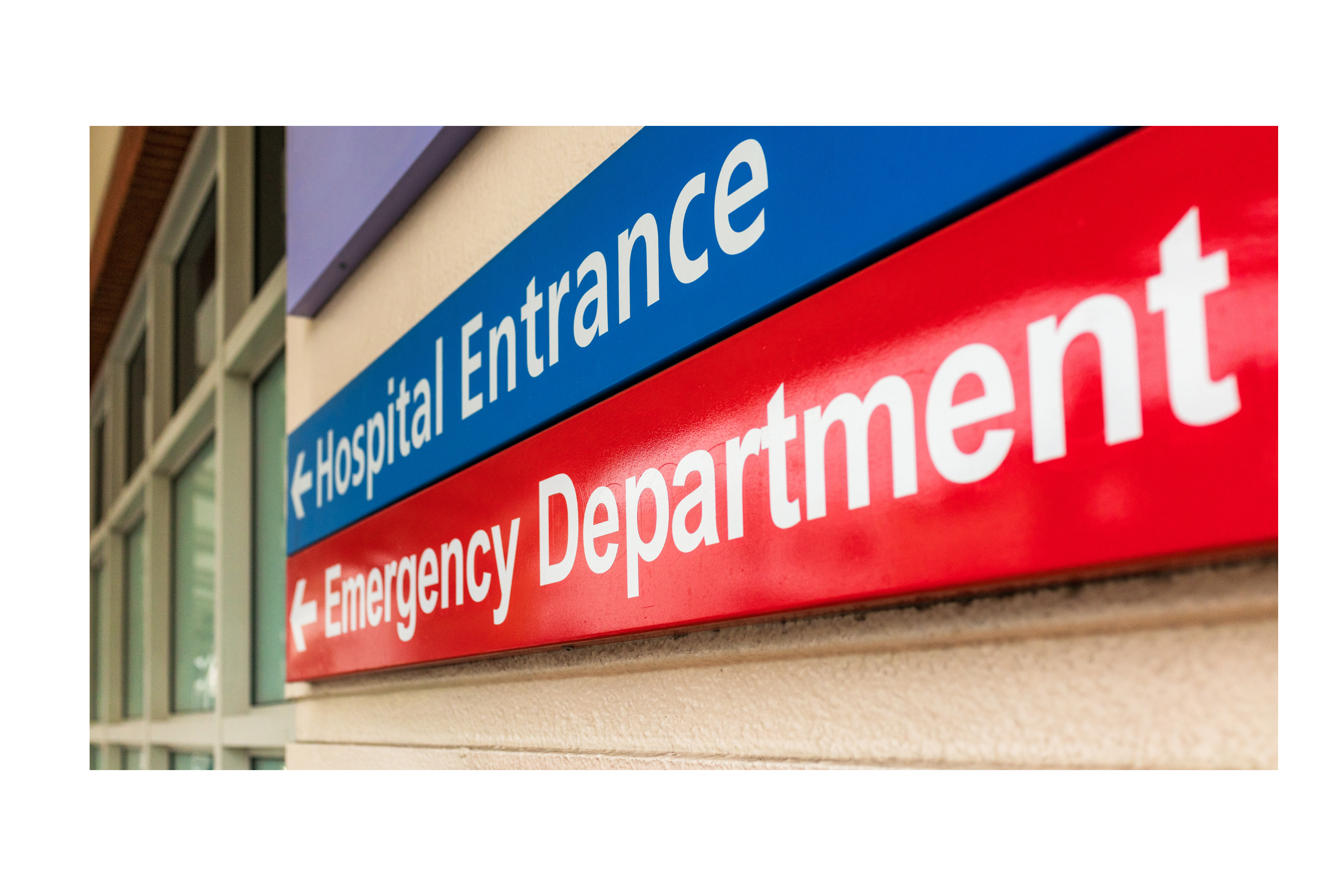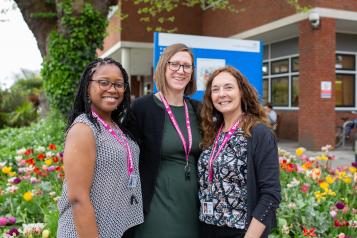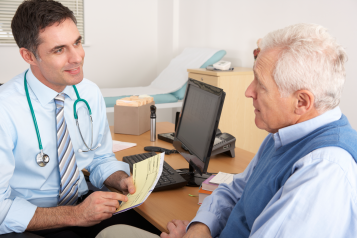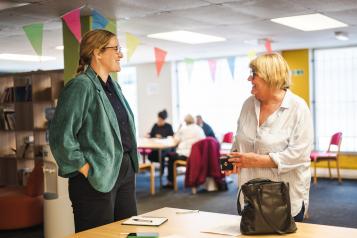What to do if you require urgent care
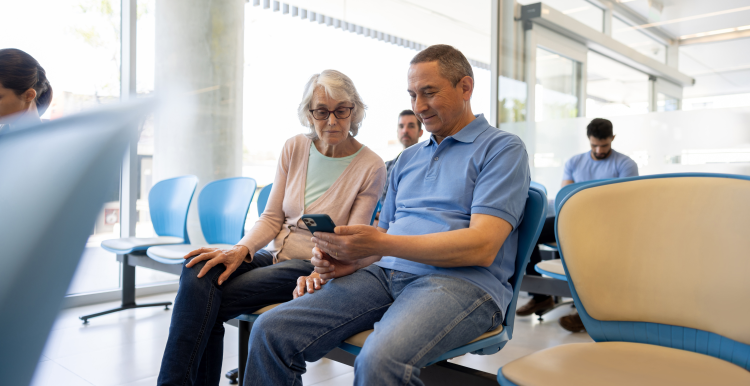
Urgent treatment centres (also known as urgent care centres);provide urgent medical help when it’s not a life-threatening emergency. Some are staffed by GPs (General Pracitioners) and nurses from GP practices.
Open at least 12 hours a day, every day, urgent treatment centres offer appointments that can be booked through NHS 111 (telephone and online) and are equipped to investigate, diagnose, and deal with many of the most common injuries and illnesses people attend accident and emergency departments for.
People who go to a urgent treatment centre are typically:
- mobile and able to move around
- in need of same day treatment.
People may also need some investigative tests to be carried out while they are in the urgent treatment centre.
Urgent treatment centres provide medical help when it's not a life-threatening emergency. They can diagnose and deal with many of the common problems people go to A&E for.
Other types of urgent care services are called minor injuries units or walk-in centres. They offer some, but not all, of the same help as urgent treatment centres.
If you are not sure what help you need
NHS 111 online can help if you are not sure what service you might need. If urgent care is not right for your problem you will be offered alternative services.
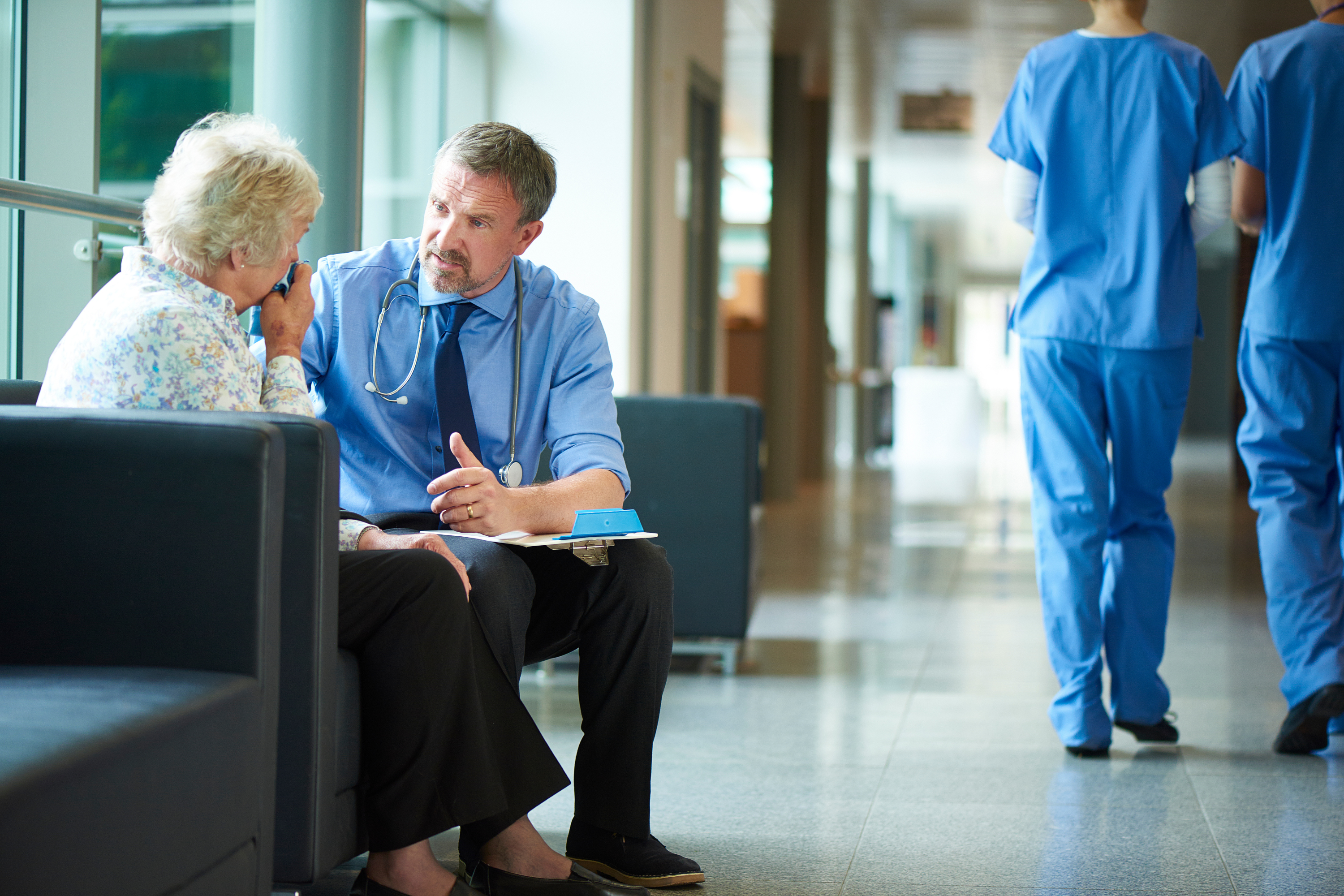
When urgent treatment centres can help instead of A&E
Urgent treatment centres are usually staffed by nurses. If you need one, you can often get tests like an ECG (electrocardiogram), blood tests or an X-ray.
They can help with things like:
- sprains and strains
- suspected broken bones
- injuries, cuts and bruises
- stomach pain, vomiting and diarrhoea
- skin infections and rashes
- high temperature in children and adults
- mental health concerns
If you need a prescription one can be organised for you. Emergency contraception is also available.
Minor injuries units and walk-in centres
These services can help with some of the same problems as urgent treatment centres, but they do not all have the same facilities.
If they cannot help with a particular problem, they will direct you to where you can get the right help.
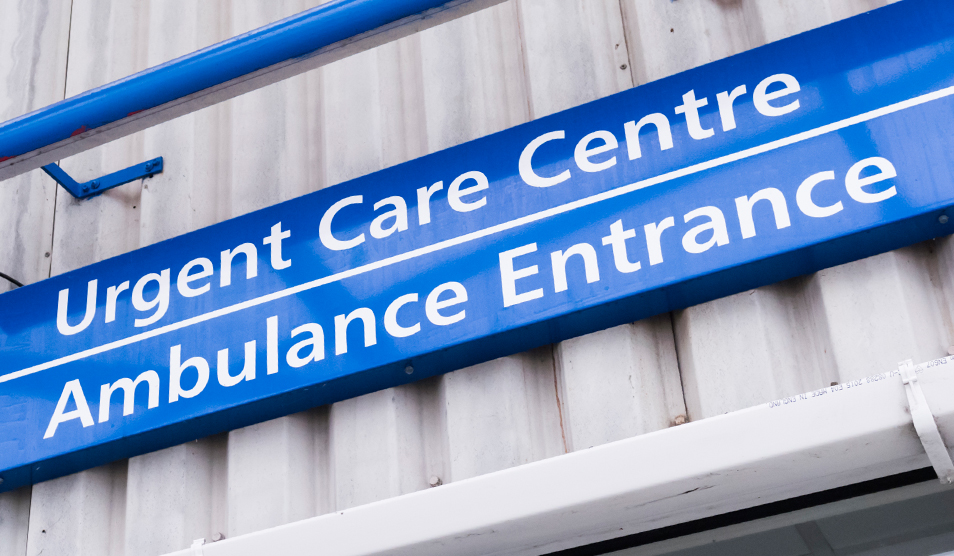
How to find an urgent care service
Urgent treatment centres, minor injuries units and walk-in centres are all types of urgent care service. They are separate from A&E, although some might be located in the same hospital building.
Depending on where you live, you might have one or more types of urgent care service near you. You can check the opening times for the ones closest to you.
Letting them know you're coming
If you use NHS 111 and an urgent care service is recommended, 111 can sometimes send your details so the service knows when to expect you.
You do not need an appointment to visit most urgent care centres.
You do not need to be registered with a GP or have a fixed address to use any urgent care service.
What you should take with you
You do not need to know your NHS number to use an urgent care service.
It's helpful if you bring your prescription, or any medicines you are taking with you.
What happens when you get there
If you need help in another language, ask for a British Sign Language (BSL) or other interpreter.
Some urgent treatment centres have a self-assessment tool that you use on arrival. If they know you are coming, you should not need to use it.
The self-assessment tool helps work out what order patients should be seen in. People who are the most unwell will be seen first, so sometimes people who arrive after you might be seen before you.
What happens next
You will usually be assessed and treated on site, but you can be referred on to other services if necessary.
If you are registered with one, your GP surgery will be contacted afterwards with an update on why you used the service and any treatment you got while there.
